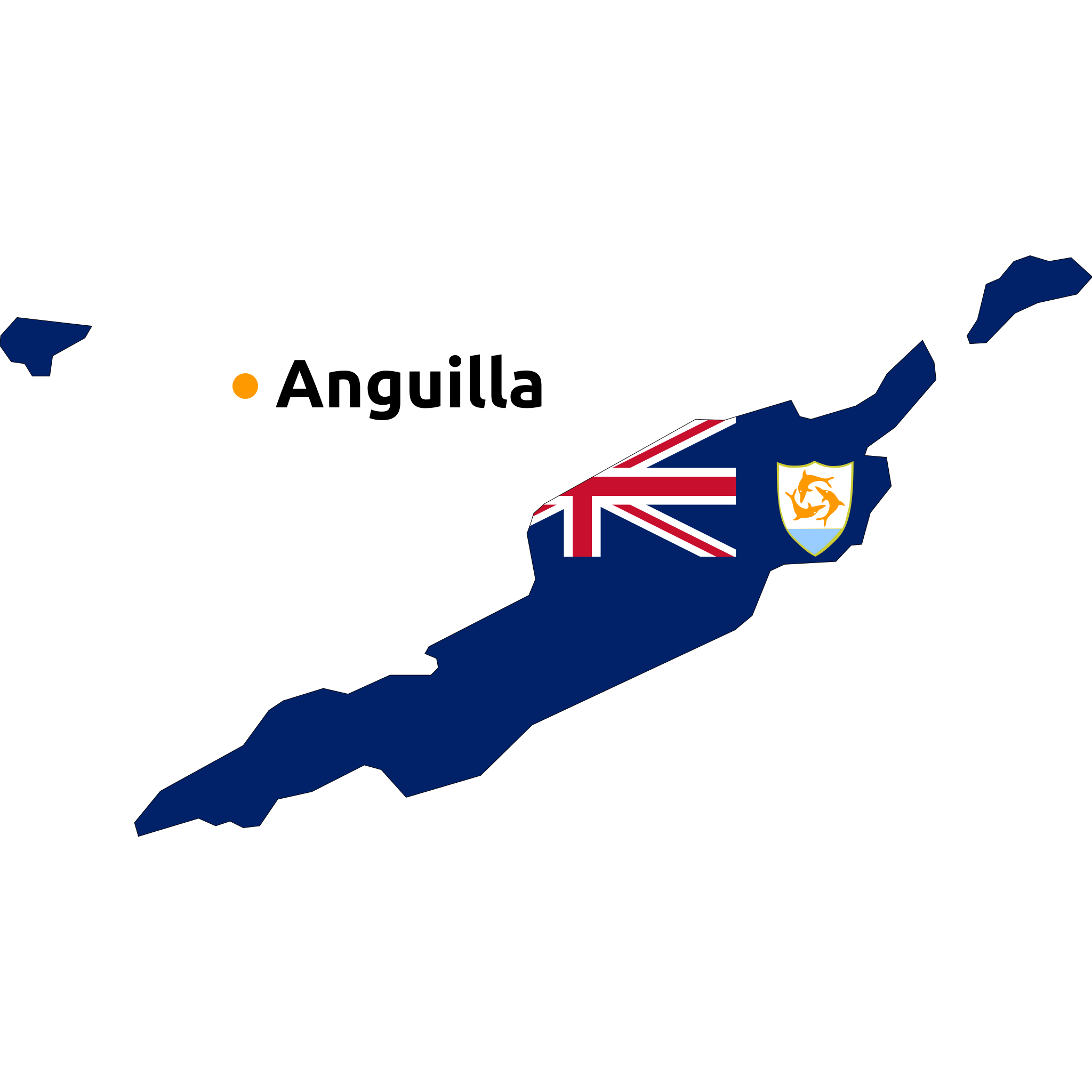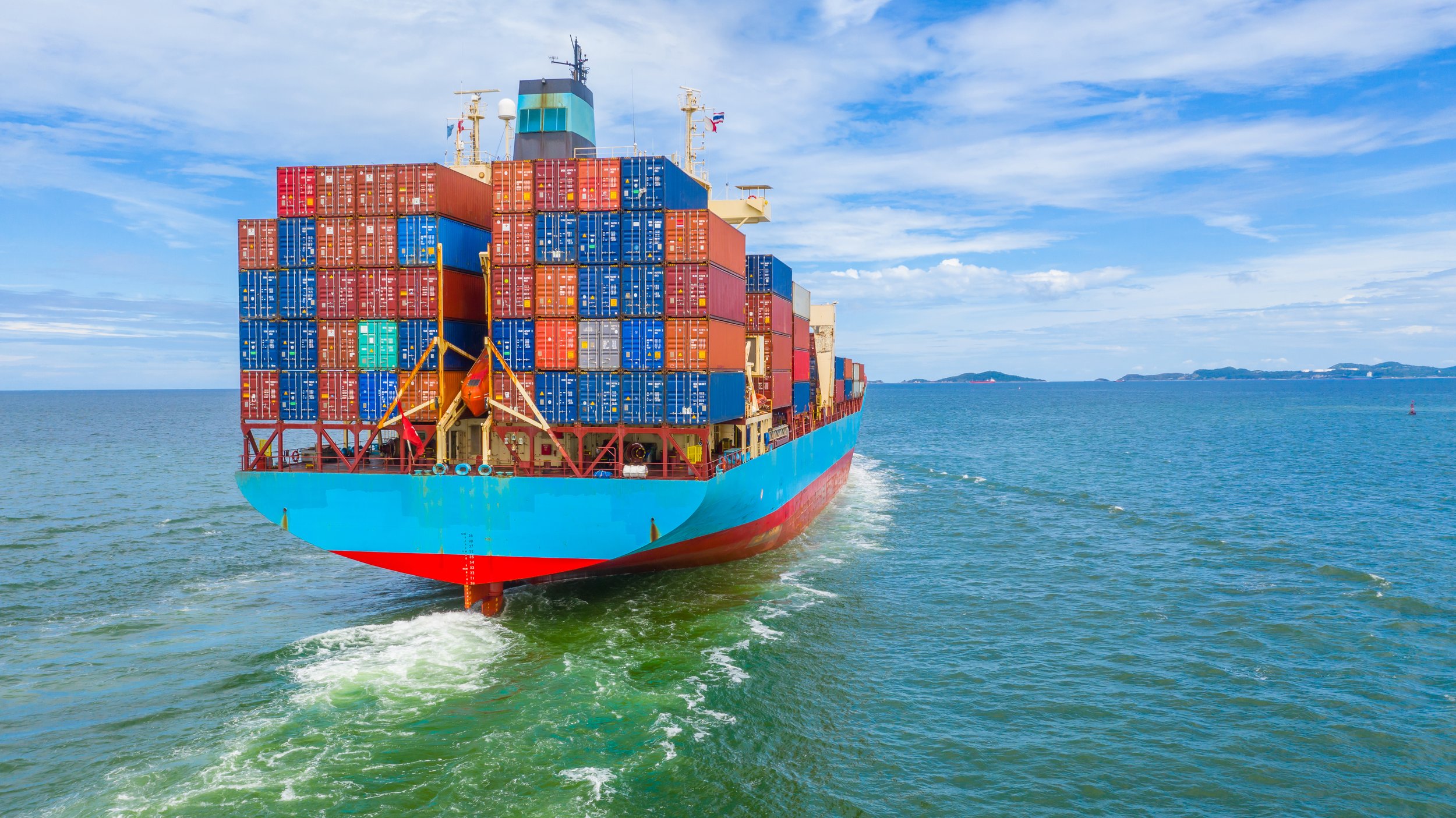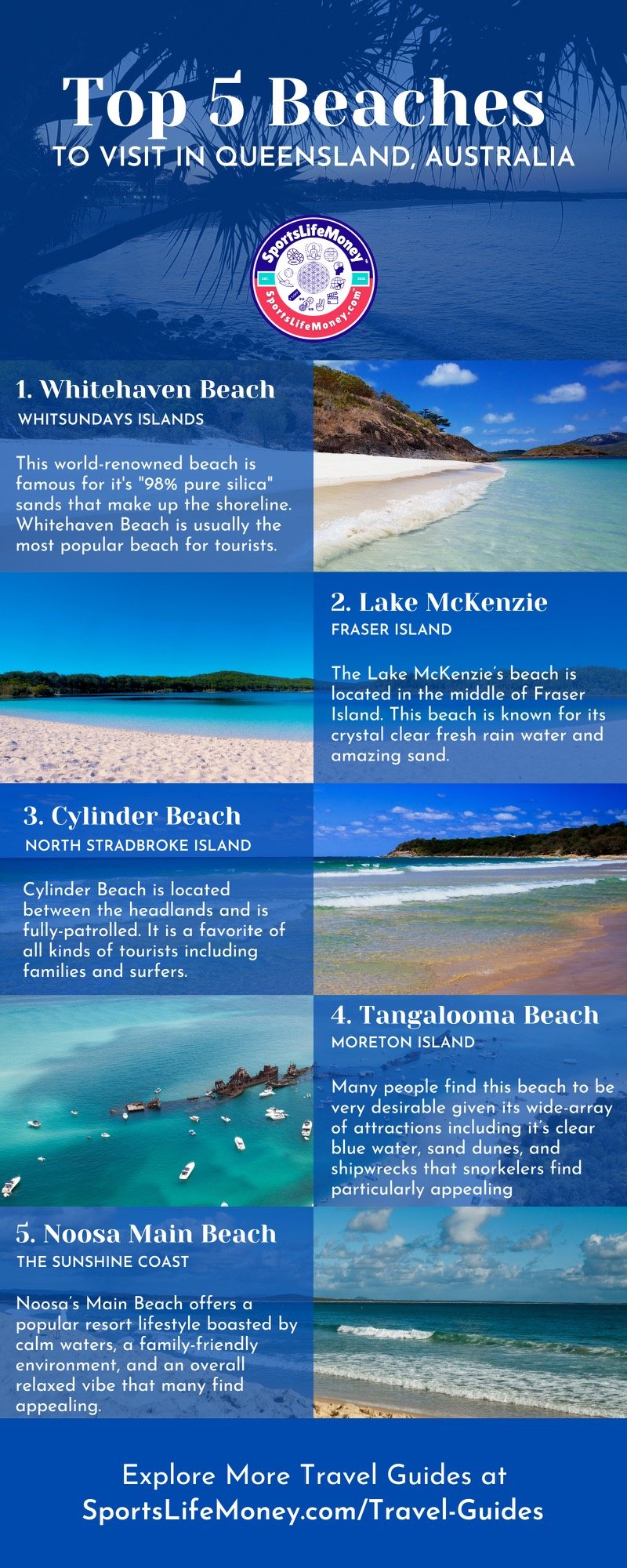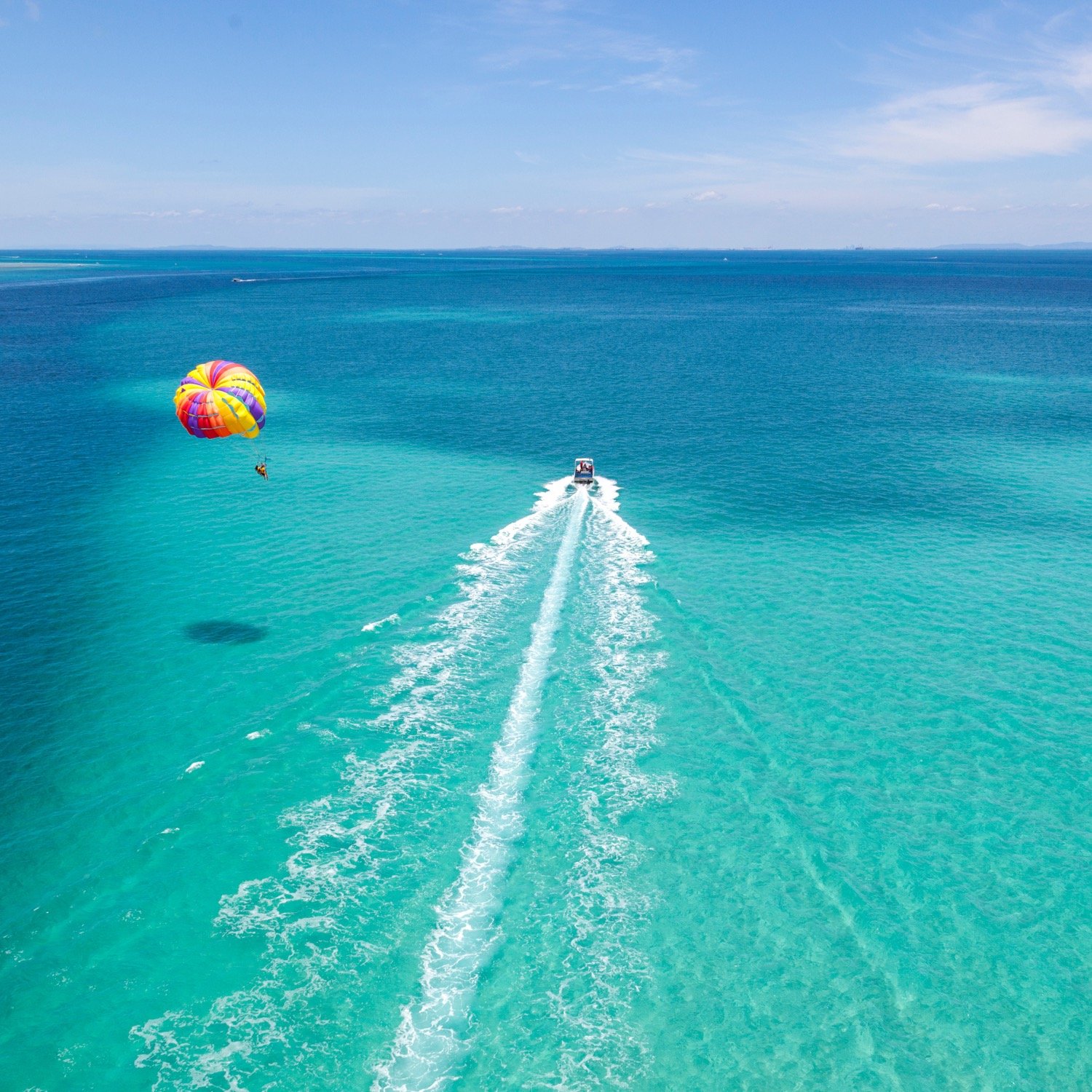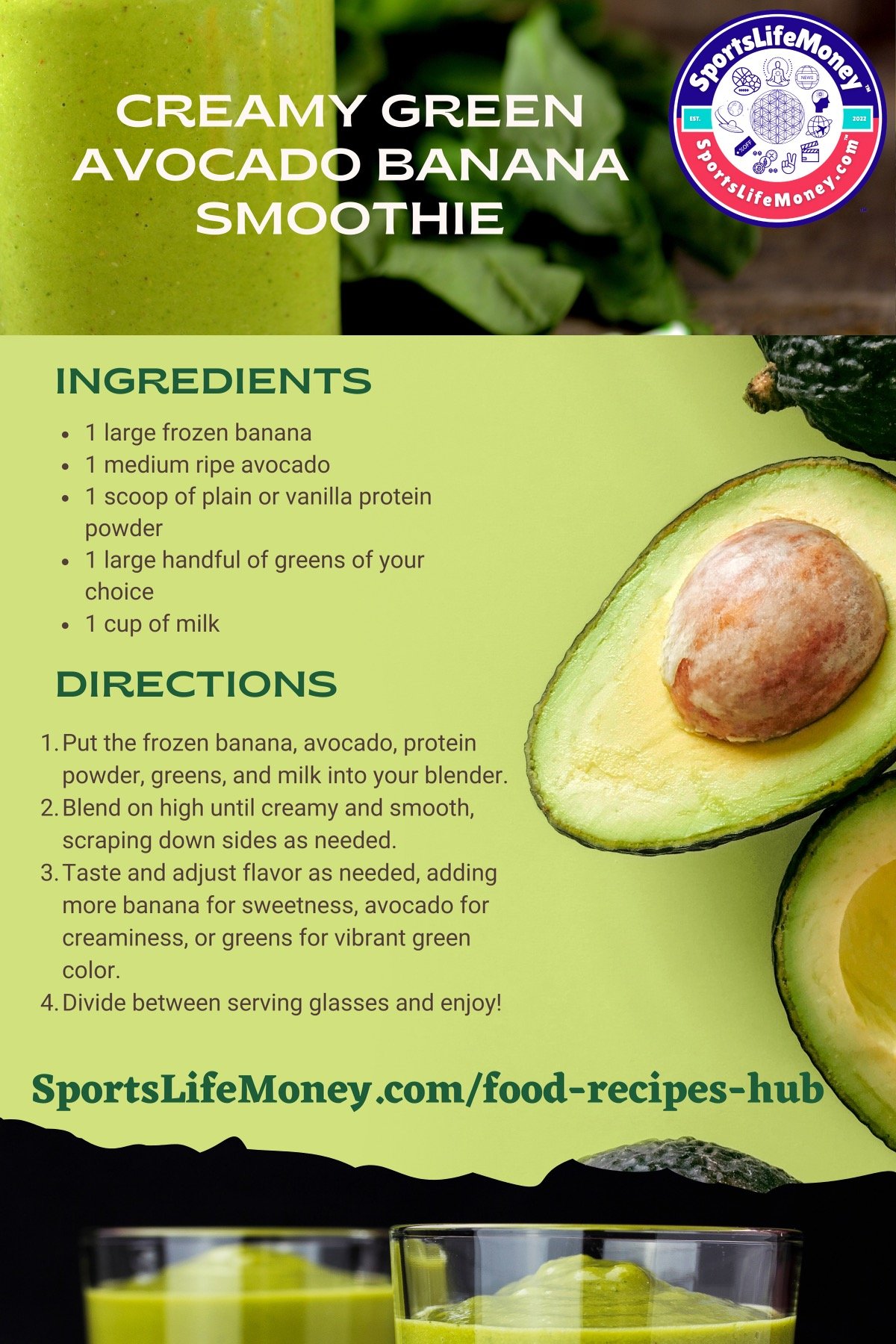Territory Summary: Christmas Island

Territory Name: Christmas Island
Capital: The Settlement (Flying Fish Cove)
Official Visa & Travel Information:
Christmas Island is an external territory of Australia, so the visa requirements for visiting Christmas Island are the same as for visiting Australia.
Government Type: non-self-governing overseas territory of Australia
Background: Although Europeans sighted the island as early as 1615, it was only named in 1643 by English Captain William MYNORS for the day of its rediscovery. Another English ship sailed by the island in 1688 and found it uninhabited. Attempts to explore the island over the next two centuries were hampered by steep cliffs and dense jungle. The discovery of phosphate on the island in 1887 led to the UK annexing it the following year. In 1898, the Christmas Island Phosphate Company brought in 200 Chinese indentured servants to work the mines, along with Malays, Sikhs, and a small number of Europeans. The UK administered Christmas Island from Singapore.
Japan invaded the island in 1942, but islanders sabotaged Japanese mining operations, making the mines relatively unproductive. After World War II, Australia and New Zealand bought the Christmas Island Phosphate Company, and in 1958, the UK transferred sovereignty from Singapore to Australia in exchange for $20 million for the loss of future phosphate income. In 1980, Australia set up the Christmas Island National Park and expanded its boundaries throughout the 1980s until it covered more than 60% of the island’s territory. The phosphate mine was closed in 1987 because of environmental concerns and Australia has rejected several efforts to reopen it.
In the 1980s, boats of asylum seekers started landing on Christmas Island and the migrants claimed refugee status since they were on Australian territory. In 2001, Australia declared Christmas Island outside the Australian migration zone and built an immigration detention center on the island. Completed in 2008, the controversial detention center was officially closed in 2018, but then reopened in early 2019. In 2020, the center served as a coronavirus quarantine facility for Australian citizens evacuated from China.
Region: Indian Ocean
Population: 2,205 (2016 est.)
Ethnic Groups: Chinese 70%, European 20%, Malay 10% (2001) note: no indigenous population
Languages: English (official) 27.6%, Mandarin 17.2%, Malay 17.1%, Cantonese 3.9%, Min Nan 1.6%, Tagalog 1%, other 4.5%, unspecified 27.1% (2016 est.)
Religions: Muslim 19.4%, Buddhist 18.3%, Roman Catholic 8.8%, Protestant 6.5% (includes Anglican 3.6%, Uniting Church 1.2%, other 1.7%), other Christian 3.3%, other 0.6%, none 15.3%, unspecified 27.7% (2016 est.)
Economic Overview: high-income Australian territorial economy; development through government services and phosphate mining; operates Australia’s Immigration Detention Centre; increasing tourism and government investments; sustained environmental protections
Currency: Australian Dollar (AUD)
Export Commodities: calcium phosphates, fertilizers, barometers, electrical transformers, sulfates (2021)
Export Partners: Malaysia 36%, New Zealand 21%, Indonesia 20%, Australia 10% (2019)
Import Commodities: refined petroleum, cars, iron structures, aircraft, crustaceans (2019)
Import Partners: Australia 80%, United States 7%, Canada 5% (2019)
Natural Resources: phosphate, beaches
Agricultural Products: NA
Industries: tourism, phosphate extraction (near depletion)
Labor Force: NA
Natural Hazards: the narrow fringing reef surrounding the island can be a maritime hazard
Geography:
Total: 135 sq km
Land: 135 sq km
Water: 0 sq km
(Country Summary, The World Factbook, CIA.gov)
LEGAL, FINANCIAL, & TAX ADVICE DISCLAIMER: The information on SportsLifeMoney’s™ (“SLM”) websites, podcast network, videos, social media accounts, and other platforms (collectively, “SLM Platforms”) is strictly and solely provided for educational and informational purposes only. All of the information and materials on the aforementioned SLM Platforms do not constitute and are not intended to provide legal, financial, accounting, or tax advice, and should not be relied on in that respect. SLM recommends that you consult with an attorney, certified financial advisor, or licensed accountant to answer any legal, financial, or tax questions you may have. SLM also recommends that you consult with an attorney, certified financial advisor, or licensed accountant before making any legal, financial, or tax-related decisions based on content and/or subject matter included and/or discussed on any of the SLM Platforms. Before you act or rely on any information you have heard, read, viewed, and/or listened to on any of the SLM Platforms or communication mediums, SLM recommends that you confirm any and all facts that are important to your decision and that you subsequently consult with an appropriate professional (e.g., attorney, certified financial advisor, certified accountant, etc.) and have them review these facts and also confirm their validity. CAUTION: IF YOU RELY ON ANY INFORMATION, CONTENT, PRODUCT, OR SERVICE FROM ANY OF THE SLM PLATFORMS, YOU DO SO AT YOUR OWN RISK. YOU UNDERSTAND THAT YOU ARE SOLELY RESPONSIBLE FOR ANY AND ALL DAMAGES OR LOSS THAT YOU MAY INCUR THAT RESULTS FROM YOUR USE AND/OR RELIANCE OF ANY OF THE SLM PLATFORMS OR ANY OF THE CONTENT OR MATERIAL OTHERWISE PROVIDED ON ANY OF THESE SLM PLATFORMS. SLM AND ANY AND ALL OF ITS AFFILIATES MAKE NO IMPLIED OR EXPRESS REPRESENTATIONS OR IMPLIED OR EXPRESS WARRANTIES OF ANY KIND REGARDING ANY AND ALL INFORMATION ON ANY OF THE SLM PLATFORMS OR SLM’S AFFILIATE PLATFORMS. SLM AND ITS AFFILIATES WILL NOT BE HELD LIABLE FOR ANY DAMAGES. By continuing to use any of the SLM Platforms, you acknowledge and agree to the aforementioned terms and conditions of this disclaimer and any and all other legally binding terms and conditions set forth in SLM’s Privacy Policy, Terms & Conditions, and other legally binding agreements.











